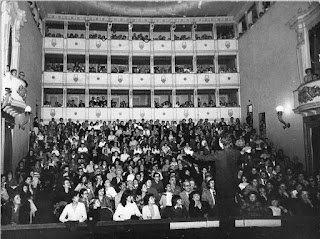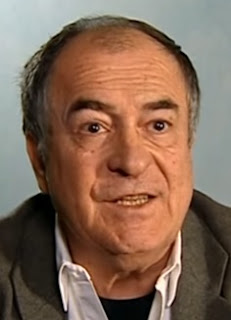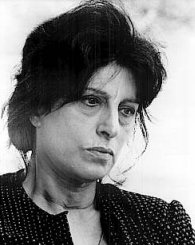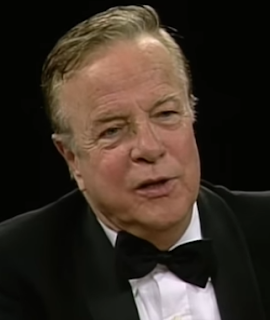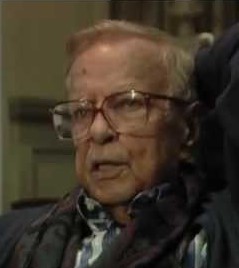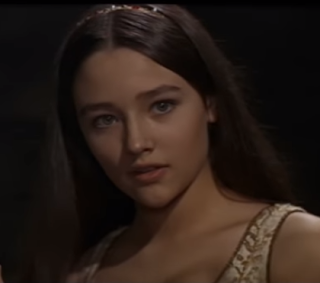Vivacious performer who became a successful director
 |
| Graziella Sciutti became an opera star in the 1950s |
The daughter of an organist and pianist, she grew up in a
bilingual household, speaking both Italian and her mother’s native tongue,
French. Her early childhood was spent in Geneva in Switzerland before the
family moved to Rome, so that she could attend the Accademia di Santa Cecilia,
which is one of the world’s oldest and most prestigious musical institutions.
Sciutti wanted to play the piano like her father but it
became clear she had a notable voice and she caught the eye as a soloist when she
was still a student.
She was asked at the last moment to appear in a performance
of Bach’s St Matthew Passion, conducted by Herbert von Karajan, the
up-and-coming Austrian who would become one of the greatest conductors in the
world. It was a daunting prospect,
forced on her at short notice after another singer became ill, but she rose to
the challenge and won accolades as a result.
It led her to be spotted by Gabriel Dussurget, founder and leading
light of the Festival at Aix-en-Provence Festival, who had enough confidence in
his new discovery to cast her in 1951 in the one-woman opera, Menotti's The
Telephone, a role regarded as a test for a young, immature singer.
 |
| Sciutti's vivacious character made her a popular performer in Italy and beyond |
In 1954, she made her debut at the Glyndebourne Festival in
England, playing Rosina in Rossini's Il Barbiere di Siviglia (The Barber of
Seville). In subsequent years she enchanted audiences as Nannetta in Verdi's
Falstaff and again visited the Mozart roles of Susanna and Despina.
Sciutti undertook the role of Carolina in Cimarosa's Il Matrimonio Segreto (The Secret Marriage) in the inaugural performances of the
Piccola Scala, the small theatre in Milan that adjoined the famous Teatro allaScala, in 1955. At one stage she was nicknamed
‘the Callas of the Piccola Scala’.
Some critics felt her voice to be too thin for her to be
seen as one of the great sopranos but she had the technique to project to all
corners of the theatre and, for all her early doubts, she had the acting skills
to make up for any shortcomings in her voice. Pretty and petite in comparison
with many singers, the innocence, perkiness and coquetry demanded of many of
her roles seemed to come naturally.
Her debut at the Royal Opera House at Covent Garden followed
in 1956. In 1961 she appeared on stage in America for the first time at the San
Francisco Opera, going on to make her debut at the Metropolitan Opera in New
York soon afterwards.
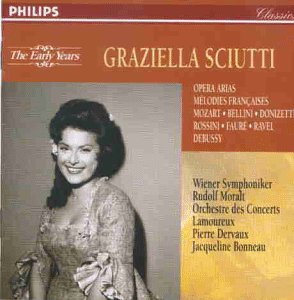 |
| Sciutti excelled in the arias of Mozart, Bellini and others |
Sciutti was a regular at the Salzburg Festival for 20 years,
her Mozart interpretations always in demand. Her final appearance there came in
1972 as Norina in Donizetti's Don Pasquale, conducted by Riccardo Muti.
Her voice proved enduring enough to appear at Glyndebourne even
at the age of 50 as Elle in Poulenc's La Voix Humaine. This was a production
she also directed, paving the way for a new career.
She directed Figaro and L'Elisir d'Amore for Canadian Opera
and in 1983 her production of Puccini’s La Bohème at the Juilliard School won
praise. A year later she directed at the
Met for the first time. Her 1995 staging of La Bohème at the New York City
Opera won her an Emmy Award after it was broadcast on live television.
Always eager to pass on her knowledge to opera students and
would-be performers, she taught at both the Royal College of Music in London
and the Lyric Centre in Chicago.
She married an American singer, Robert Wahoske, in 1955, but
they divorced in 1960. She died in
Geneva in 2001, a few days before what would have been her 74th
birthday, and was survived by her daughter, Susanna.
Rome’s Accademia Nazionale di Santa Cecilia is one of the
oldest musical institutions in the world, founded by a papal bull (public
decree) issued by Pope Sixtus V in 1585. Saint Cecilia is the patron saint of
music. Its historical headquarters was in Via Vittoria, not far from Piazza di Spagna, but since 2003 it has been headquartered in Viale Pietro de Coubertin at the
Renzo Piano-designed Parco della Musica in Rome. It has had a permanent
symphony orchestra and choir since 1895. Alumni include Beniamino Gigli, Sergei
Rachmaninoff, Ennio Morricone and Cecilia Bartoli.
The Piccola Scala, next to Teatro alla Scala, the opera
house in Milan considered to be one of the world’s great opera venues, was
opened in 1955 as a theatre dedicated to ancient works that were suited to a
fairly intimate setting. It had room for
no more than 600 people. As well as Cimarosa's Matrimonio Segreto, early
productions included works by Handel and Monteverdi. Later it staged operas by
contemporary composers, including Nino Rota, who was better known for his film
music but actually wrote the score for 11 operas. Sadly, the theatre closed in 1985 after the
capacity was reduced to 350 because of new regulations, too small to make it
economically viable.
How mezzo-soprano Cecilia Bartoli has helped revive lesser-known composers
Giacomo Puccini - musical genius who assumed Verdi's mantle as Italy's greatest
Maestro Muti shows no signs of slowing down
1598: The birth of astronomer Giovanni Riccioli
Home
More reading:
How mezzo-soprano Cecilia Bartoli has helped revive lesser-known composers
Giacomo Puccini - musical genius who assumed Verdi's mantle as Italy's greatest
Maestro Muti shows no signs of slowing down
Also on this day:
1598: The birth of astronomer Giovanni Riccioli
Home

